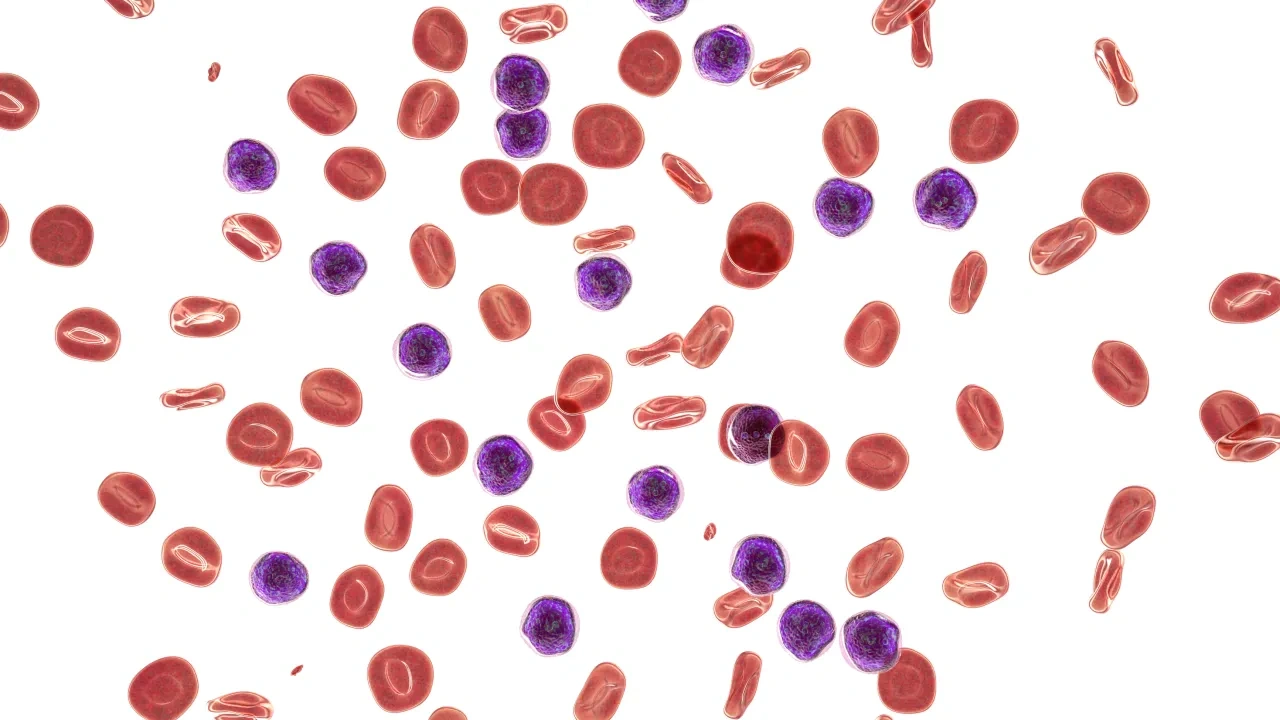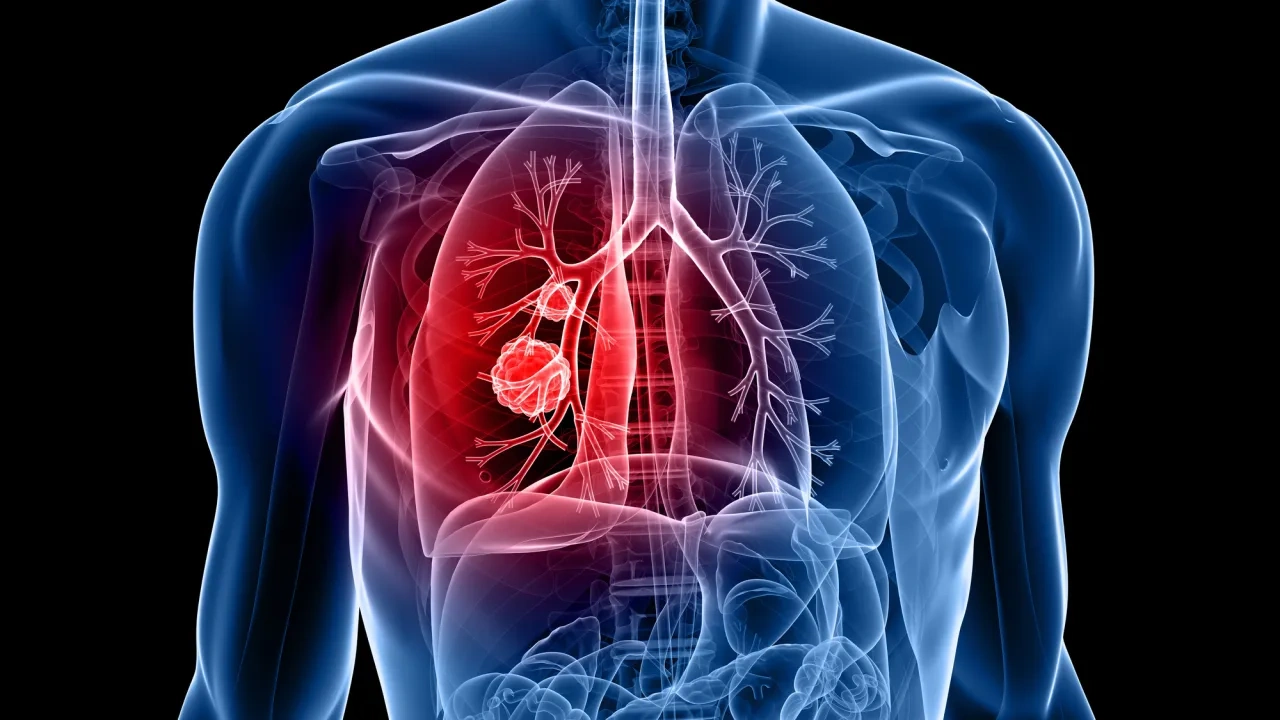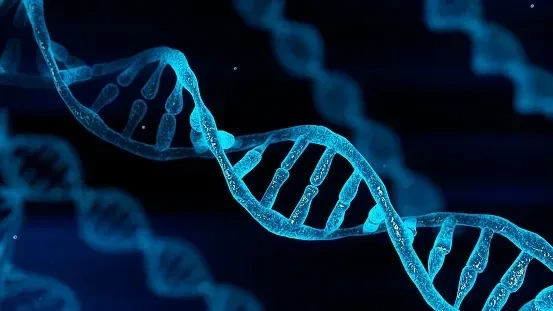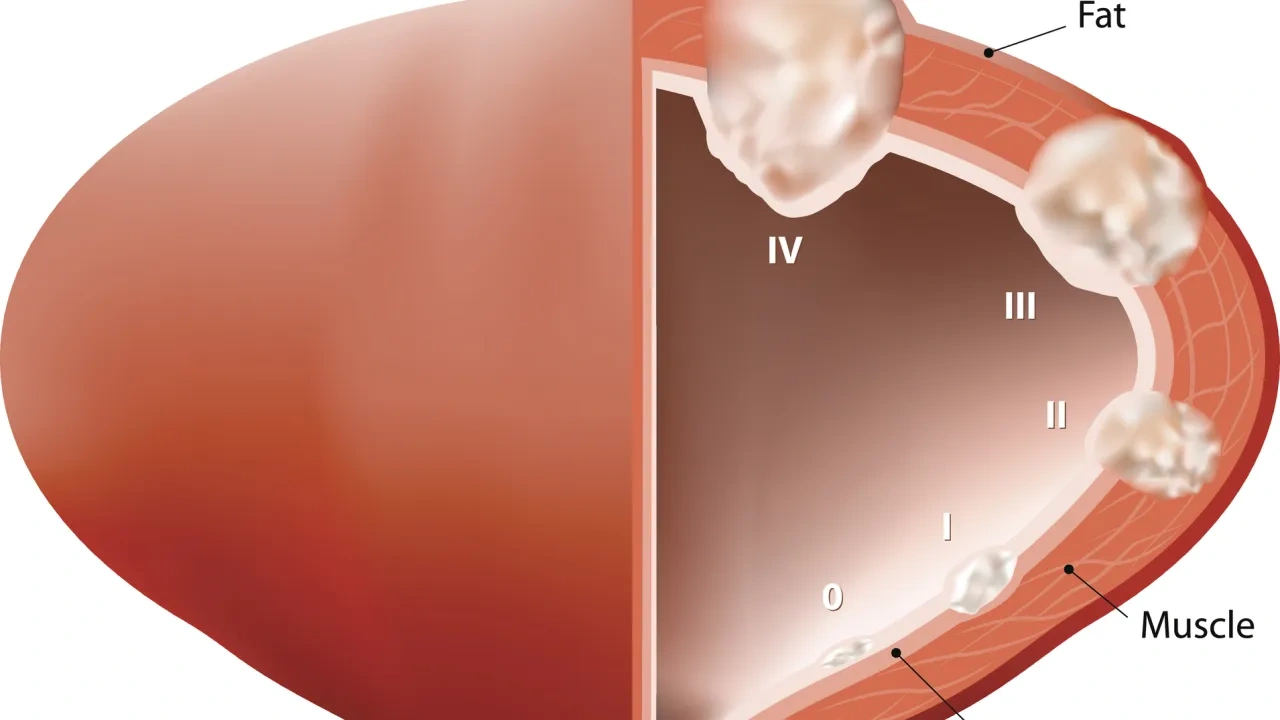VIDEO and FREE TRIAL
Qlucore Omics Explorer video
Qlucore Omics Explorer free trial
We work with scientific experts to develop disease specific classifier models for subtype determination. The machine learning (AI) based classifiers are combined with user-friendly visualizations and also supports gene fusion detection and analysis. Currently four models are available and more are being developed.
The Qlucore Insights Models are for research use only (RuO). Development of models for Qlucore Diagnostics is ongoing with a target for apporval according to IVDR.
Gene expression based subtype classification in combination with comprehensive gene fusion analysis. With the inclusion of the DUX4-rearranged and ETV6::RUNX1-like subtypes up to 7% more of the children are covered compared to standard methods. Supported subtypes:
1. High hyperdiploidy
2. ETV6::RUNX1 + ETV6::RUNX1-like
3. KMT2A(MLL)-rearranged (MLL)
4. TCF3::PBX1
5. BCR::ABL1 + BCR::ABL1-like
6. DUX4-rearranged
More information regarding BCP-ALL

Detection of origin for metastatic tumors for the following types; Breast invasive carcinoma (BRCA), Colon adenocarcinoma (COAD), rectum adenocarcinoma (READ), kidney renal clear cell carcinoma (KIRC), bladder urothelial carcinoma (BLCA) and head and neck squamous cell carcinoma (HNSC).
Unbiased classification of LUAD and LUSC.
Gene fusion detection and analysis using up to three different gene fusion callers.
Sample: FFPE

This model is under develoment and further improvements are expected. The first generation detects the following subtypes:
Sample type: Fresh frozen

Gene expression based subtyping into five subtypes:
Three benefits based on correct molecular subtype classification:
For grade T1 tumours (NMIBC): Identification of Basal/Squamous-like subtype (Ba/Sq-like) and Genomically Unstable subtype (GU). Ba/Sq and GU should be considered for radical surgery due to increased risk of progression. Improves on current risk score algorithm.
For grade T2-T4 tumours (MIBC): De-escalate the use of neoadjuvant chemotherapy (NAC) by refraining from NAC in patients with Basal/Squamous-like subtype (Ba/Sq-like) (Ba/Sq-like tumours respond less frequently).
Metastatic disease: Prediction of response on PD1 & PDL1 inhibitors. More frequently response in the GU subtype.
